The EIA Just Released a 30 Year Energy Outlook. It’s… Not Great
Union of Concerned Scientists
MARCH 16, 2022
According to the forecast, while economy-wide CO 2 emissions decrease from 2022 to 2037 due primarily to the growth in renewable energy replacing retiring coal plants, emissions do increase after 2037 from increased usage of natural gas. Renewable energy generation increases faster than any other technology.





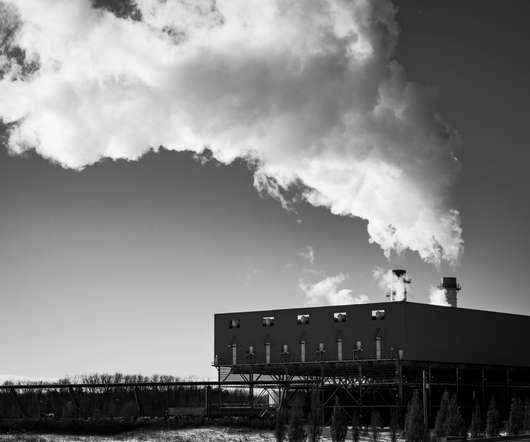


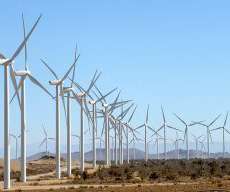




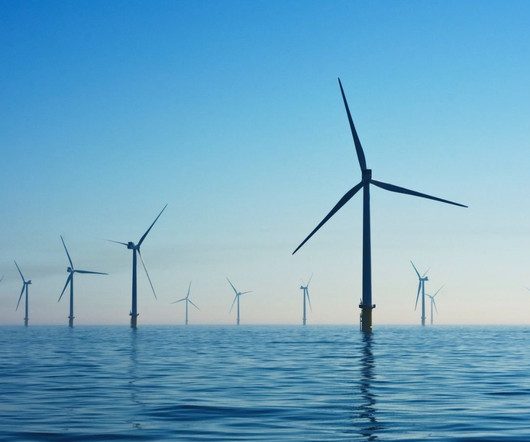

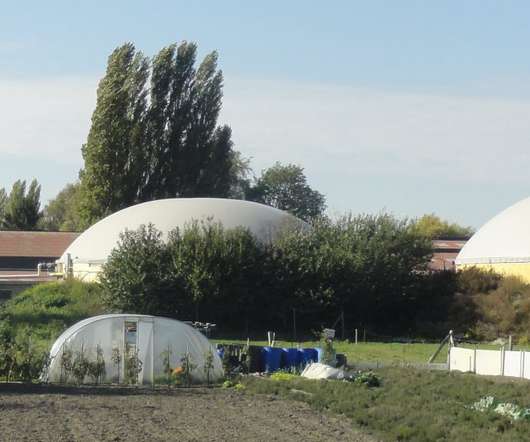



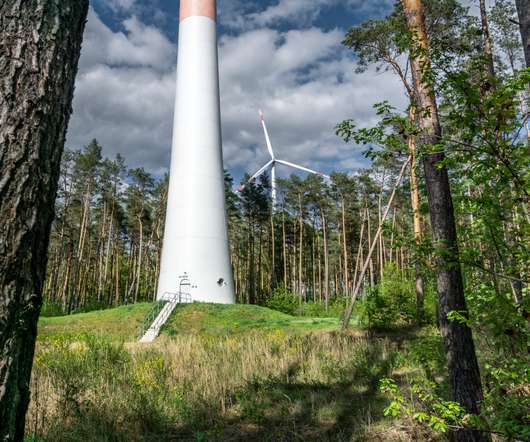











Let's personalize your content